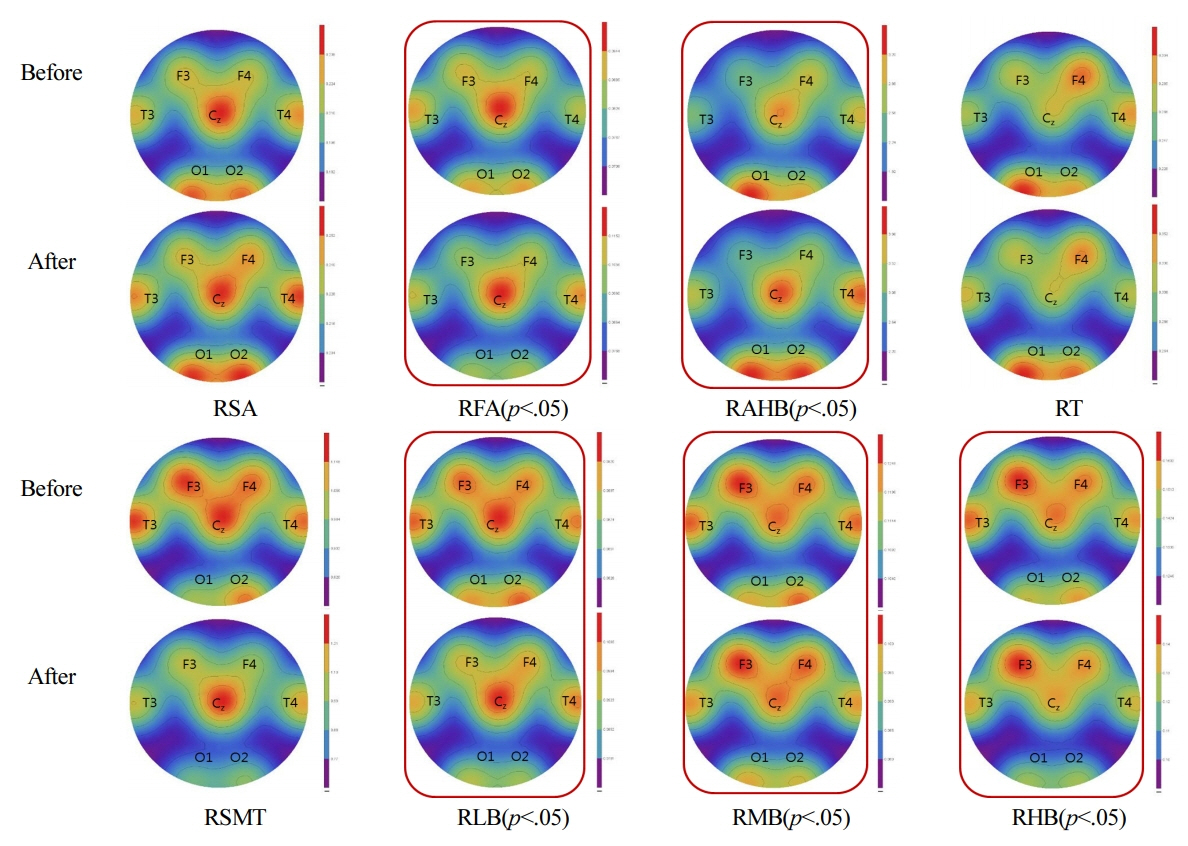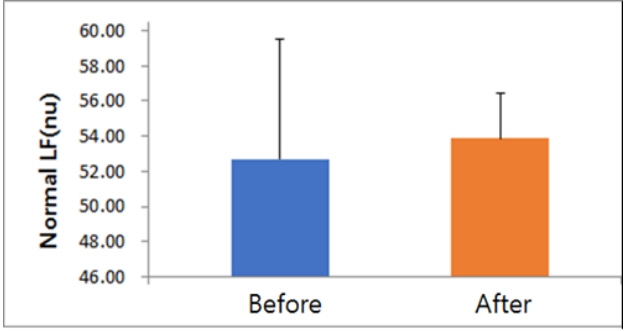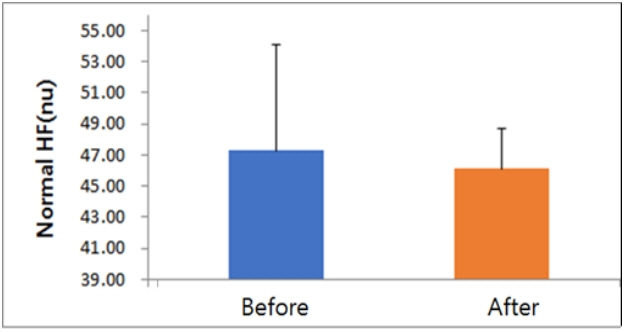Allison, M., C. Keller. 1997. Physical activity in the elderly: Benefit and intervention strategies. Nurse Pract. 22(8):53-69.


Berger, H. 1929. Über das elektrekephalogram des menschen (On the human electrocephalogram). Arch. Psychiatr. Nervenkr. [Eur. Arch. Psychiatry Neurol. Sci.]. 87(1):527-570.
Doi.org/10.1007/BF01797193
Evert, A.B., J.L. Boucher, M. Cypress, S.A. Dunbar, M.J. Franz, E.J. Mayer-Davis, J.J. Neumiller, R. Nwankwo, C.L. Verdi, P. Urbanski, W.S. Yancy Jr. 2013. Nutrition therapy recommendations for the management of adults with diabetes. Diabetes Care. 36(11):3821-3842.
https://doi.org/10.2337/dc13-2042



Gordon, M.K., E. Peloso, A. Auker, M. Dozier. 2005. Effect of flavored beverage crystals on salivary cortisol enzyme-immunoreactive assay measurements. Dev. Psychobiol. 47(2):189-195.
https://doi.org/10.1002/dev.20081


In, H.K. 2013 September 6 The top 10 causes of death. KCDC; Retrieved from
www.cdc.go.kr
.
Kim, E.I., S.H. Hwang, W.S. Shin, K.W. Ahn. 2002. Physiological effect of forest types: Focused on brain wave and pulsation. J. Korean Inst. For. Recreat. 6(2):43-48.
Korea Centers for Disease Control and Prevention. 2015 2008–2014 Regional health statistics at a glance. Cheongju, Korea. Author; Retrieved from
www.cdc.go.kr
.
Korean Society of Hypertension. 2013. Hypertension guidelines Seoul, Korea: IMED.
Lee, E.D., S.J. Park, R.H. Yoo, S.J. Hong. 2011. Analysis on the activity contents of forest healing programs in Korea. J. Korean Inst. For. Recreat. 15(2):101-109.

Lee, J.H. 2018 September 7 Walking that corrects high blood pressure and diabetes. The Korea Economic Daily; Retrieved from
http://www.hankyung.com
.
Lee, J.H., W.S. Shin, P.S. Yeoun, R.H. Yoo. 2009. The influence of forest scenes on psychophysiological responses. J. Korean For. Soc. 98(1):88-93.
Lee, J.S. 2016. The effect of 12-weeks forest walking on functional fitness, self-efficacy, and stress in the middle-aged women. Master’s thesis, Chungbuk National University, Cheongju, Korea.
Lee, S.M., J.H. Moon, S.J. Jeong, Y.J. Lee. 2013. Effects of horticultural therapy program focusing on cultivating activities for prisoners scheduled to be released on depression and salivary cortisol. J. Korean Soc. People Plants Environ. 16(4):173-180.
https://doi.org/10.11628/ksppe.2013.16.4.173

Oh, Y.H., J.J. Oh, Y.G. Ji. 2001. The chronic disease condition and its impact on the patient’s health Sejong, Korea: Korea Institute for Health and Social Affairs.
Park, B.H., S.K. Kim, S.M. Kim, S.B. Yoon, M.J. Park. 2013. Studies for using type and benefits of the visitors in the natural recreation forest. J. Korean Inst. For. Recreat. 17(4):59-67.

Park, B.J. 2010. Experimental approach of therapeutic effect of forest recreation activities: Focused on viewing and walking in forest environments. Doctoral dissertation, Chungnam National University, Daejeon, Korea.
Park, S.M., J.M. Woo, W. Kim, Y.J. Lee. 2012. Sub-populations and disorders that can be applied to forest therapy. J. Korean Inst. For. Recreat. 16(1):35-42.

Roitman, J.L., T. LaFontaine. 2011. The exercise professional’s guide to optimizing health: Strategies for preventing and reducing chronic disease Baltimore, MD: Lippincott Williams & Wilkins.
Shin, W.S., P.S. Yeoun, J.H. Lee. 2007. The impact that a forest experience influences on a human mental state stability. J. Korean Inst. For. Recreat. 11(3):37-43.
So, J.M., M.S. Kim, J.H. Seo, Y.W. Jo, S.W. Wang, H.S. Ahn, C.H. Lee, C.H. Chae. 2006. Understanding of excercise for health Seoul, Korea: Konkuk University Press.
Son, K.C., J.S. Lee, J.E. Song. 1998. Effect of visual recognition of indoor plants on changes of human brain electroencephalography. J. Korean Soc. Hortic. Sci. 39(6):858-862.
Son, K.C., J.S. Lee, J.E. Song. 1999. Effect of visual recognition of Ficus benjamina and its photograph on changes of human brain electroencephalography and brain blood flow. J. Korean Soc. Hortic. Sci. 40(1):134-138.
Ulrich, R.S. 1984. View through a window may influence recovery from surgery. Science. 224(4647):420-421. 10.1126/science.6143402


Ulrich, R.S. 1986. Human responses to vegetation and landscapes. Landscape and Urban Planing. 13:29-44. 10.1016/0169-2046(86)90005-8

Yamaguchi, M., M. Deguchi, Y. Miyazaki. 2006. The effects of exercise in forest and urban environments on sympathetic nervous activity of normal young adults. J. International Medical Research. 34:152-159.

Zava, D. 2004. January;Saliva hormone testing. Townsend Letter for Doctors & Patients. 120-124.













